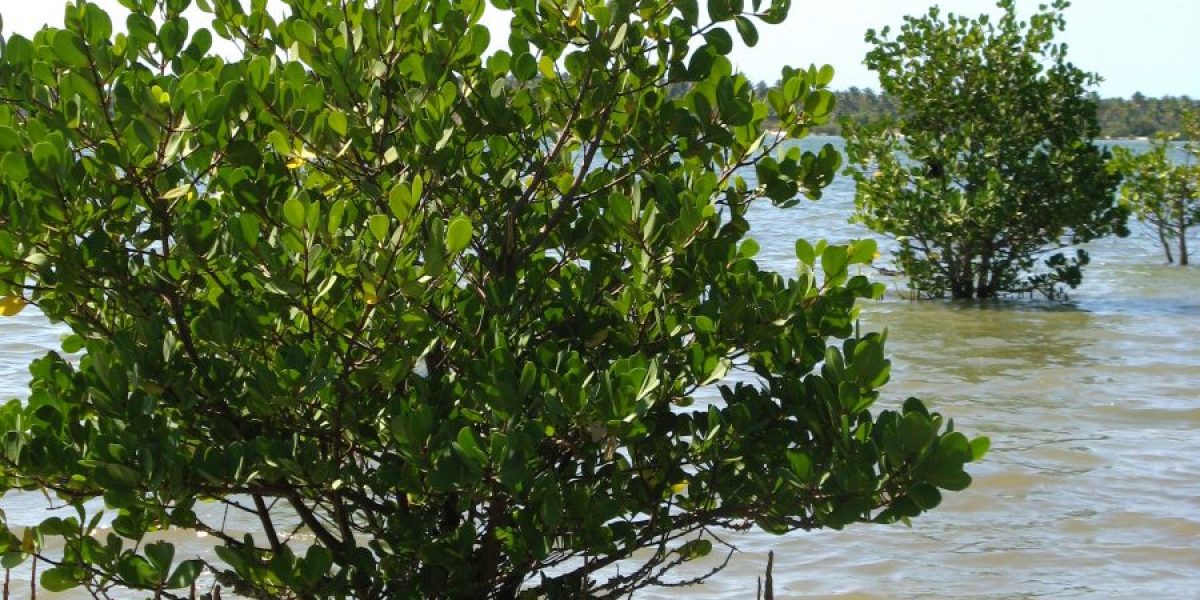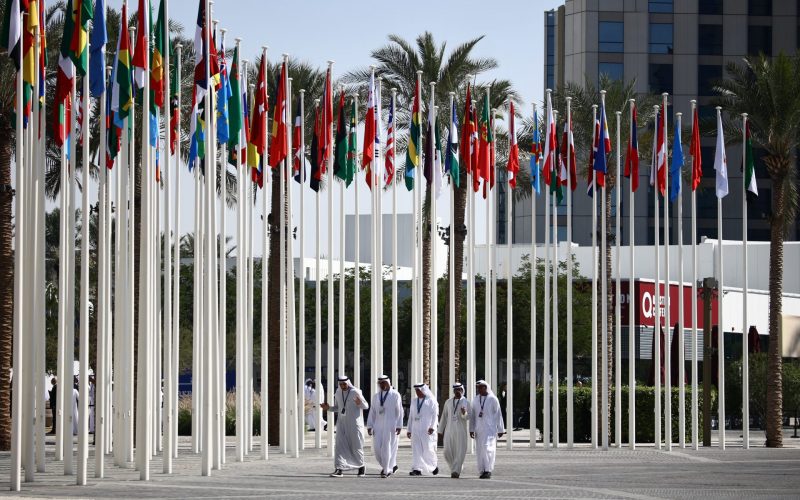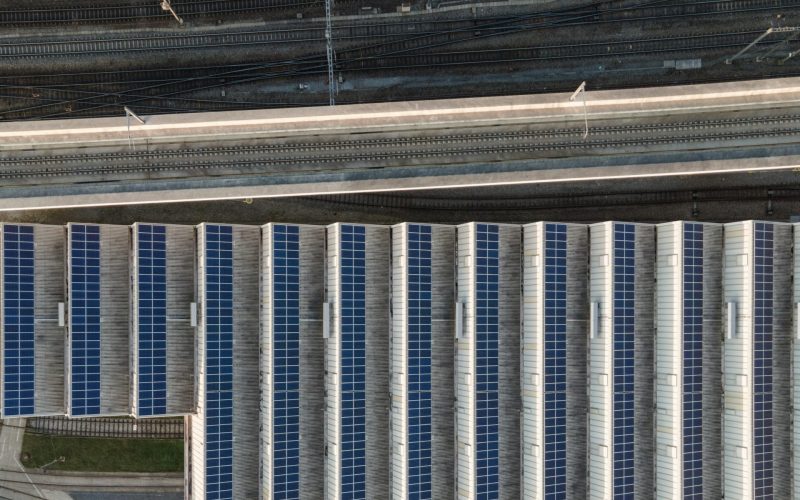More than a fifth of the world’s mangroves have been lost over the past 30 years alone, and many surviving forests are degraded. Safeguarding them will require urgent interventions aimed at ensuring that their vital ecosystem services and non-market benefits are adequately incorporated in policy and development choices. Given Africa’s extractive boom, countries need to fully understand the consequences of natural resource exploitation for their fragile ecosystems, in order to minimise negative impacts and avoid poor trade-offs. Policy-makers and planners must realise that mangroves need to be restored, protected, and managed. This will require more effective management tools and interventions, as well as mechanisms for minimising the tensions between extractive development and the conservation of mangrove forests.








